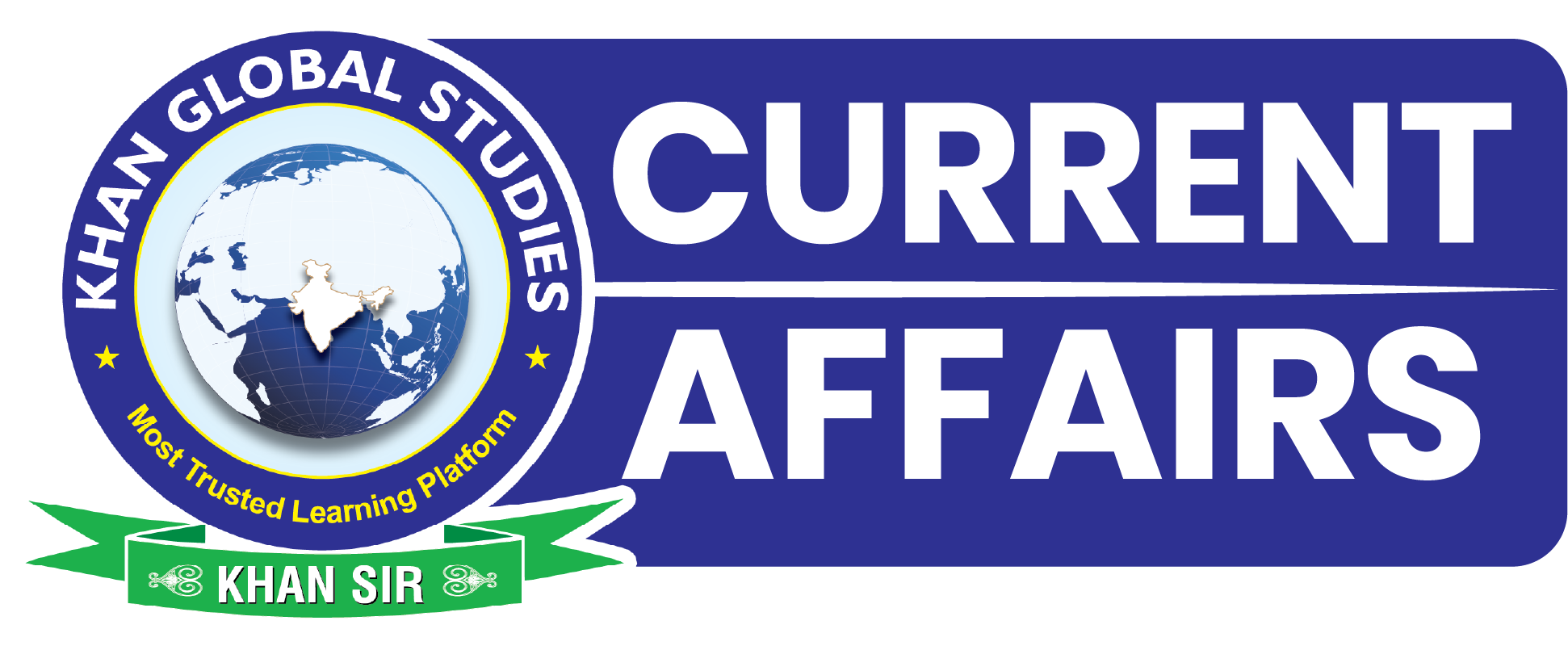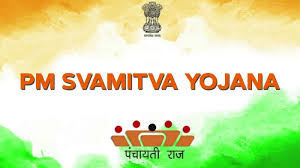Syllabus:
GS2:
Government policies and interventions for development in various sectors and issues arising out of their design and implementation.
Context:
SVAMITVA marks five years of empowering rural residents with legal property ownership and transforming governance.
Key Achievements Under the Scheme
- On 18th January 2025, 65 lakh SVAMITVA property cards were distributed across more than 50,000 villages in 10 States (Chhattisgarh, Gujarat, Himachal Pradesh, Madhya Pradesh, Maharashtra, Mizoram, Odisha, Punjab, Rajasthan, Uttar Pradesh) and 2 Union Territories (Jammu & Kashmir and Ladakh).
- As of 2nd April 2025, drone surveys have been completed in 3.20 lakh villages.
- As of March 2025, A total of 2.42 crore property cards have been issued for 1.61 lakh villages.

SVAMITVA Scheme
- The SVAMITVA (Survey of Villages and Mapping with Improvised Technology in Village Areas) Scheme was launched by the Prime Minister on April 24, 2020, on National Panchayati Raj Day.
- It was implemented by the Ministry of Panchayati Raj with support from the Survey of India and National Informatics Centre Services Inc. (NICSI) as the technology partner.
- It is a Central Sector scheme that provides a ‘Record of Rights’ to household owners in village areas with the issuance of legal ownership cards (Property cards/Title deeds) by mapping land parcels using advanced drone and GIS technology.
- The total cost is ₹566.23 crores from Financial Year (FY) 2020-21 to FY 2024-25, with an extension until FY 2025-26.
The scheme seeks to achieve the following objectives:
- Creation of accurate land records for rural planning and reducing property-related disputes.
- To bring financial stability to the citizens in rural India by enabling them to use their property as a financial asset for taking loans and other financial benefits.
- Determination of property tax, which would accrue to the Gram Panchayats (GPs) directly in States where it is devolved or else, add to the State exchequer.
- To support in preparation of better-quality Gram Panchayat Development Plan (GPDP) by making use of GIS maps.
Mains Practice Question:
Critically examine the objectives, achievements, and challenges of the SVAMITVA scheme.
PYQ:
The strength and sustenance of local institutions in India has shifted from their formative phase of ‘functions, functionaries and funds’ to the contemporary stage of’ functionality’. Highlight the critical challenges faced by local institutions in terms of their functionality in recent times. (2020)

